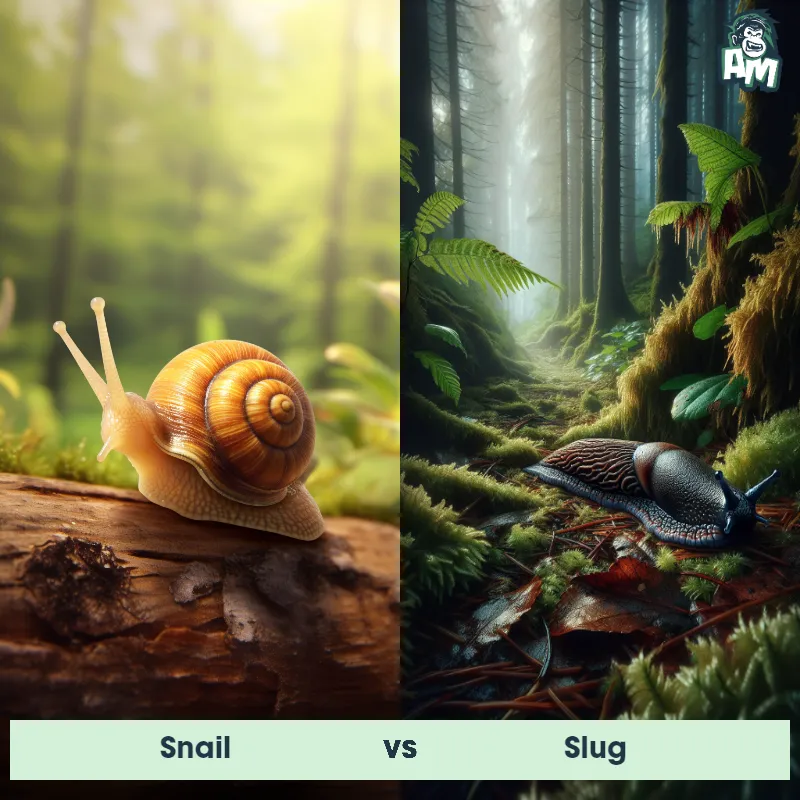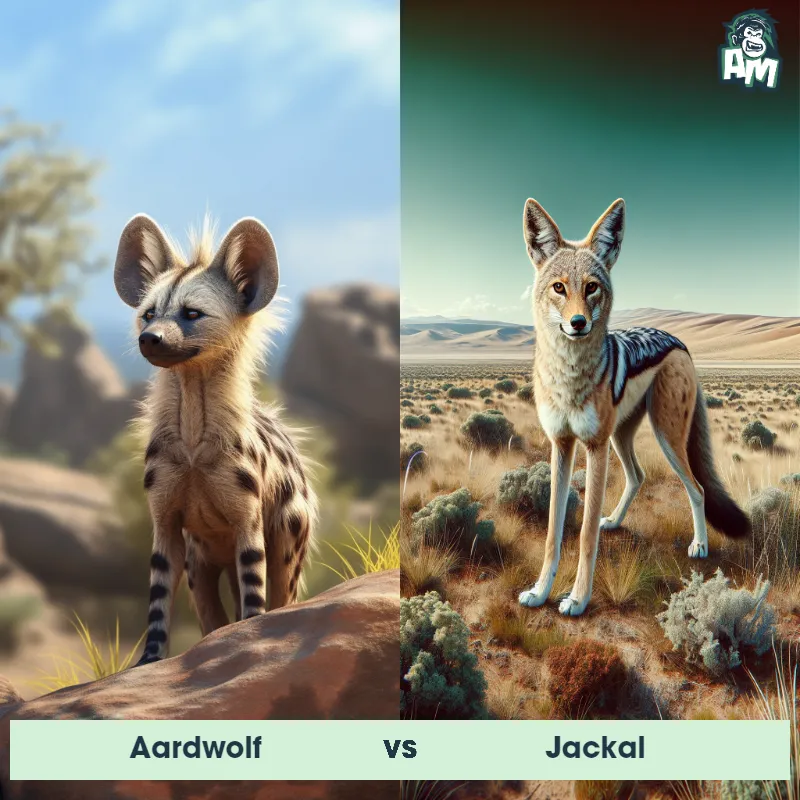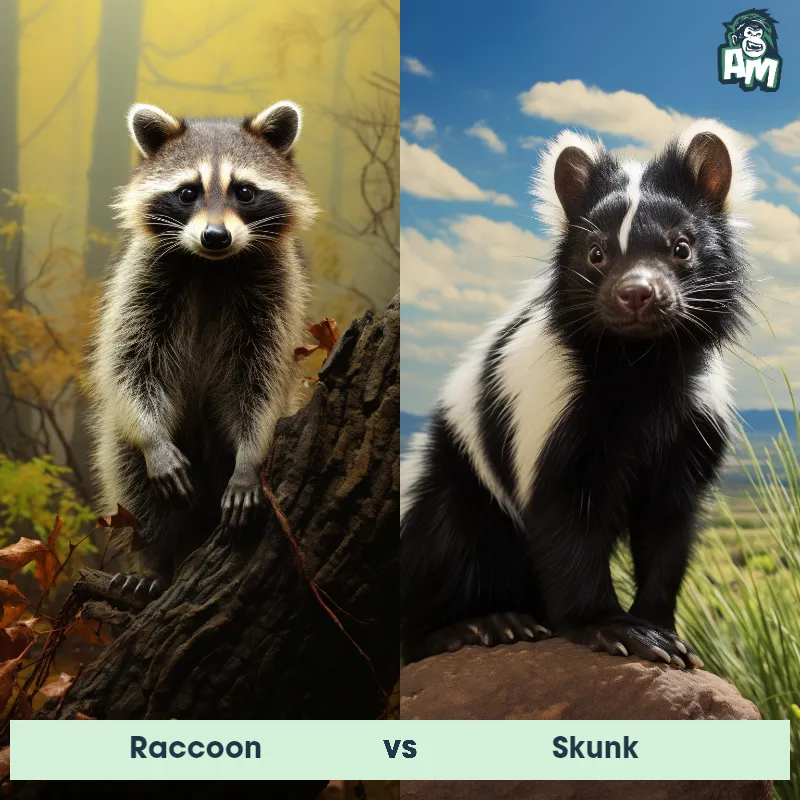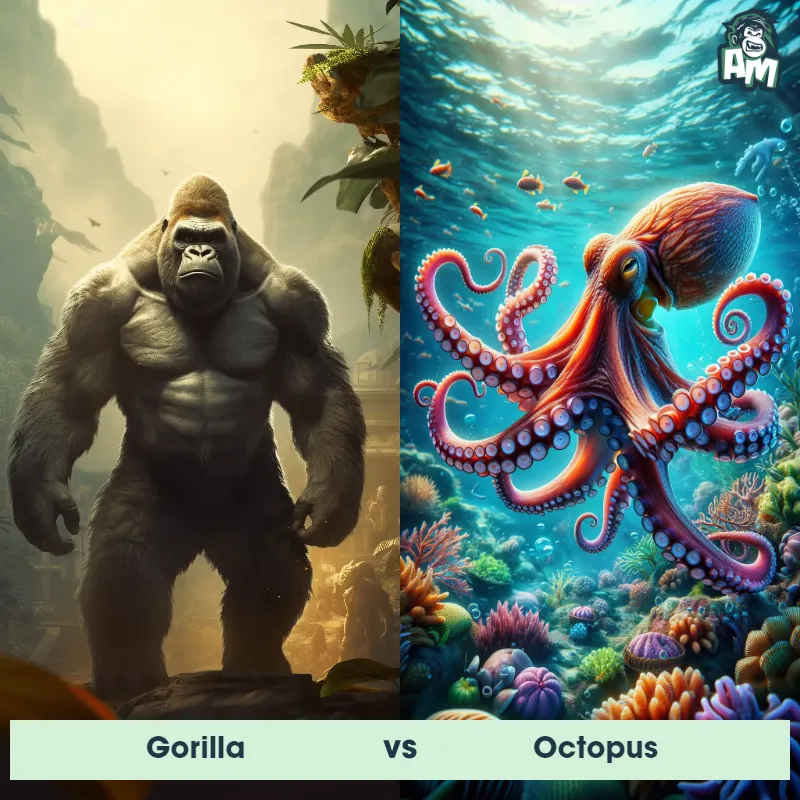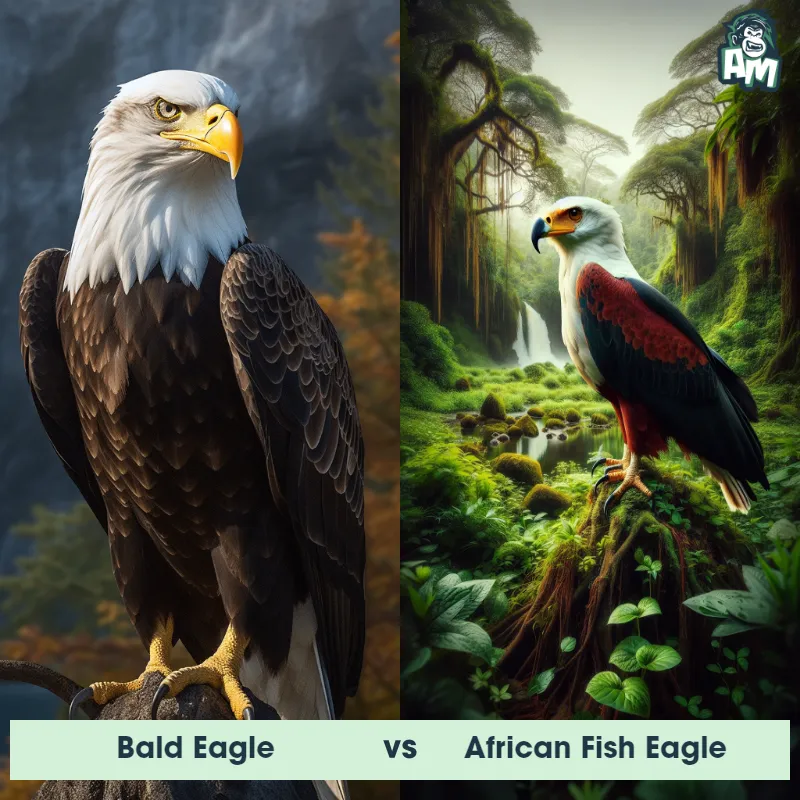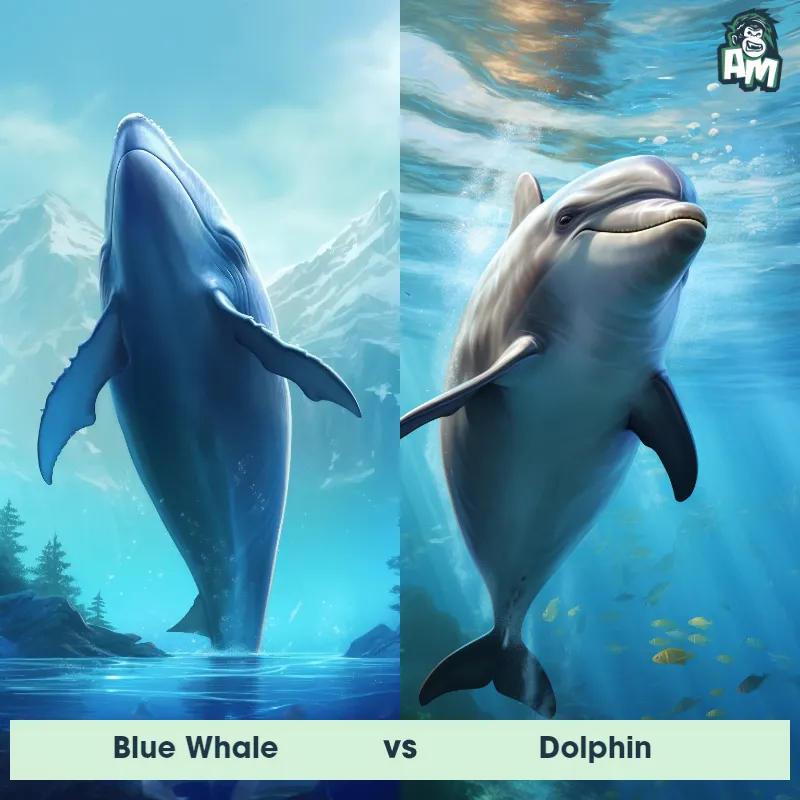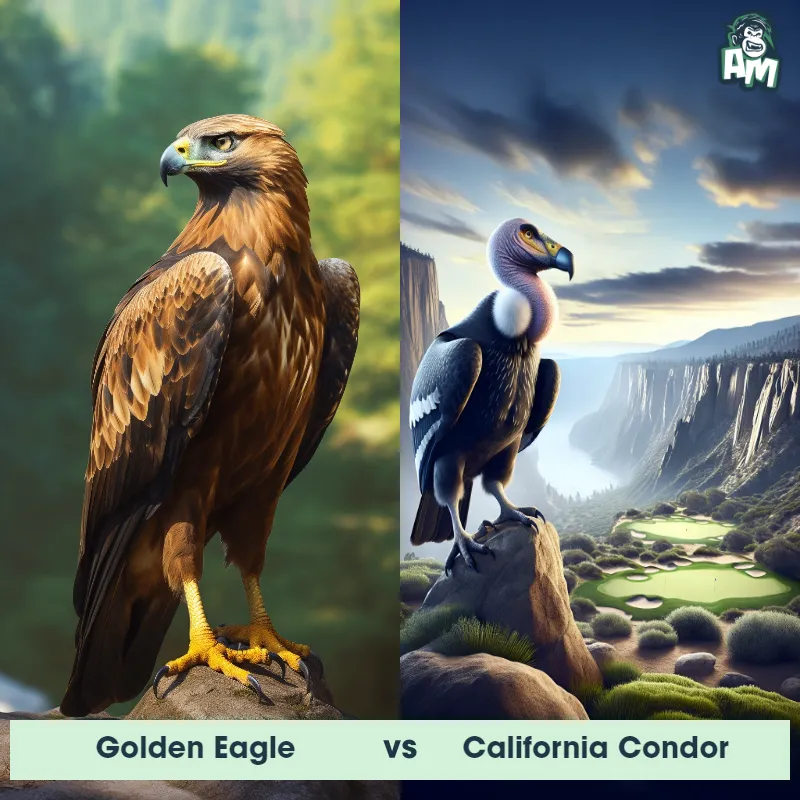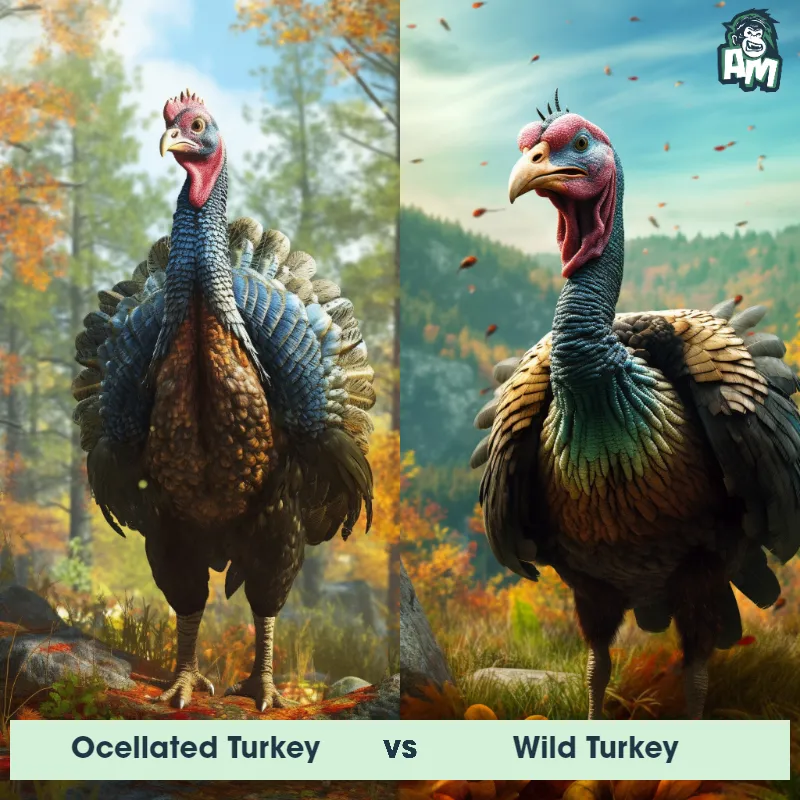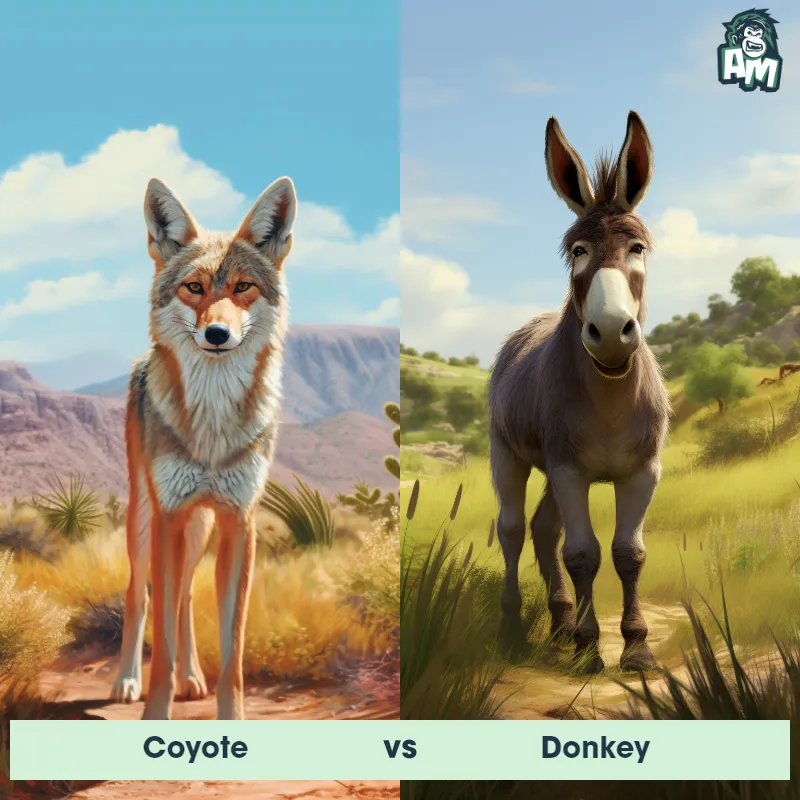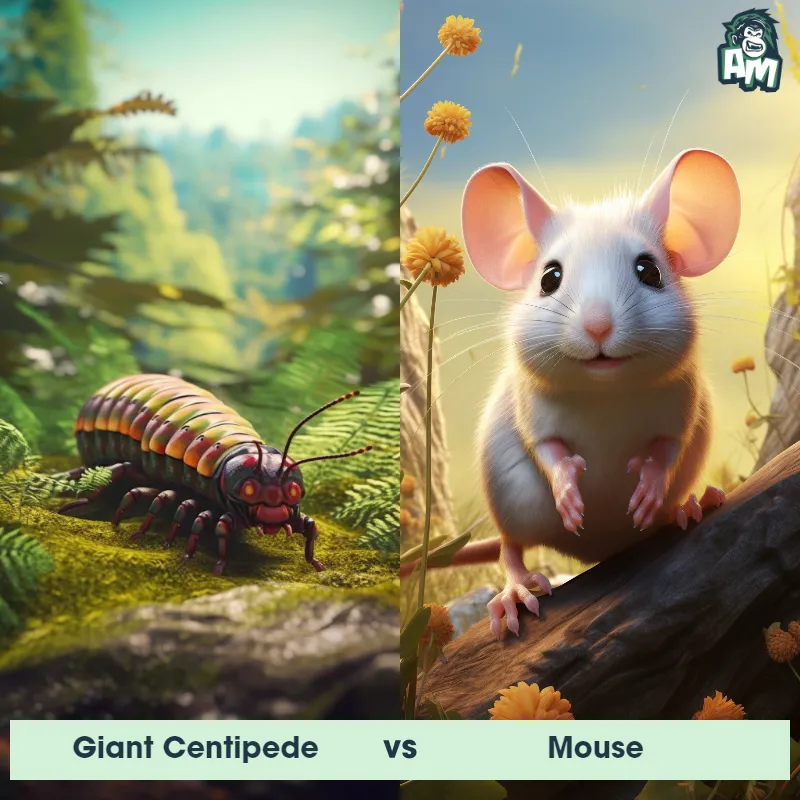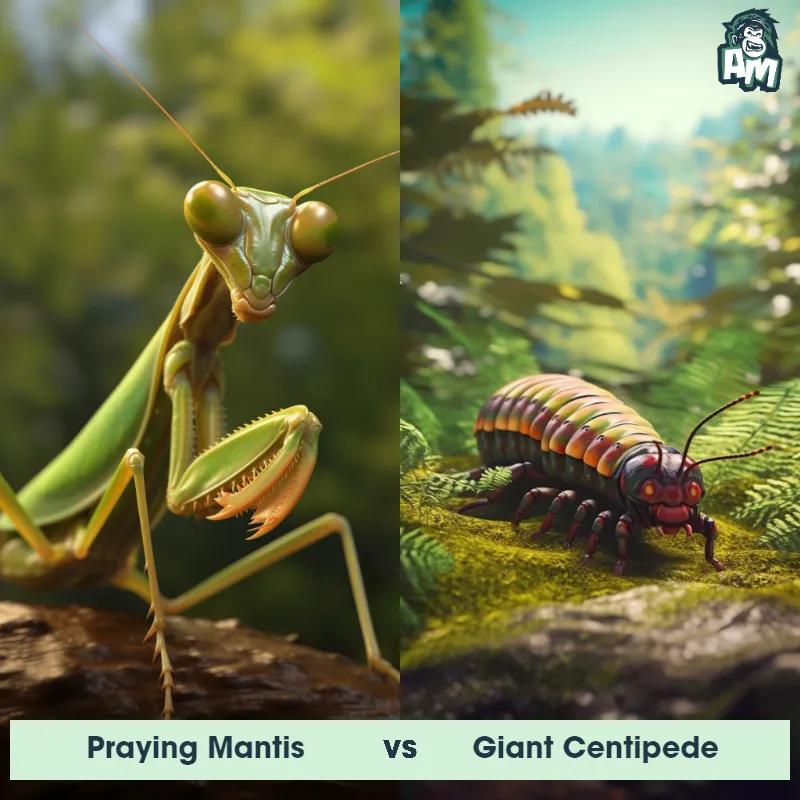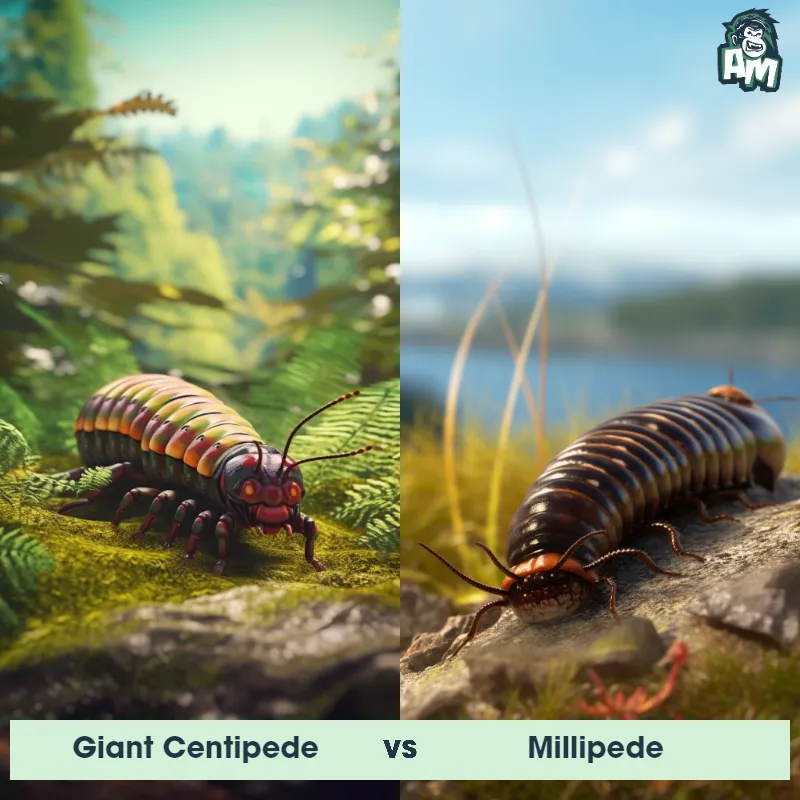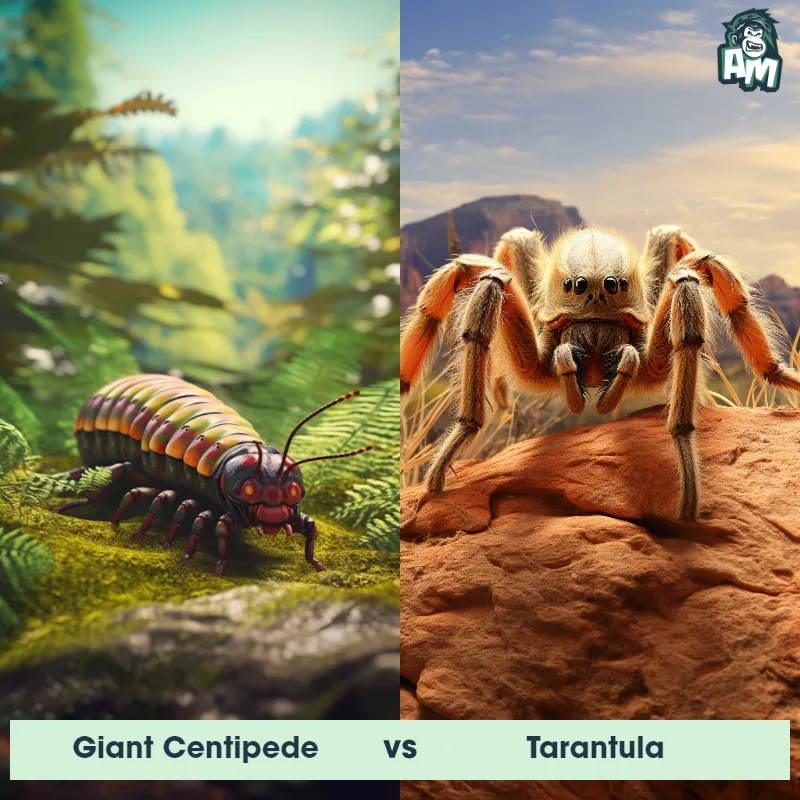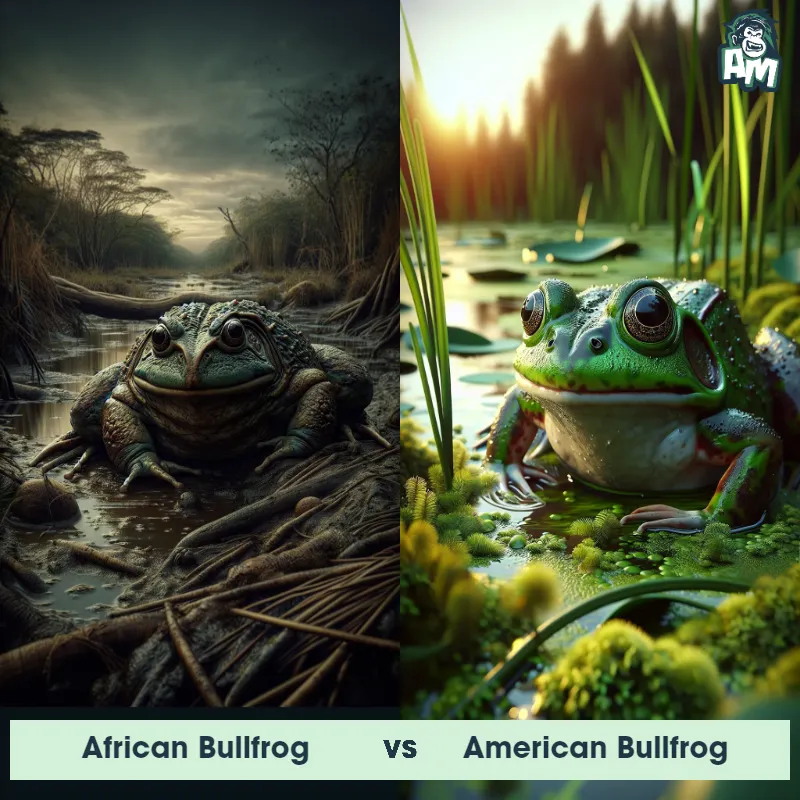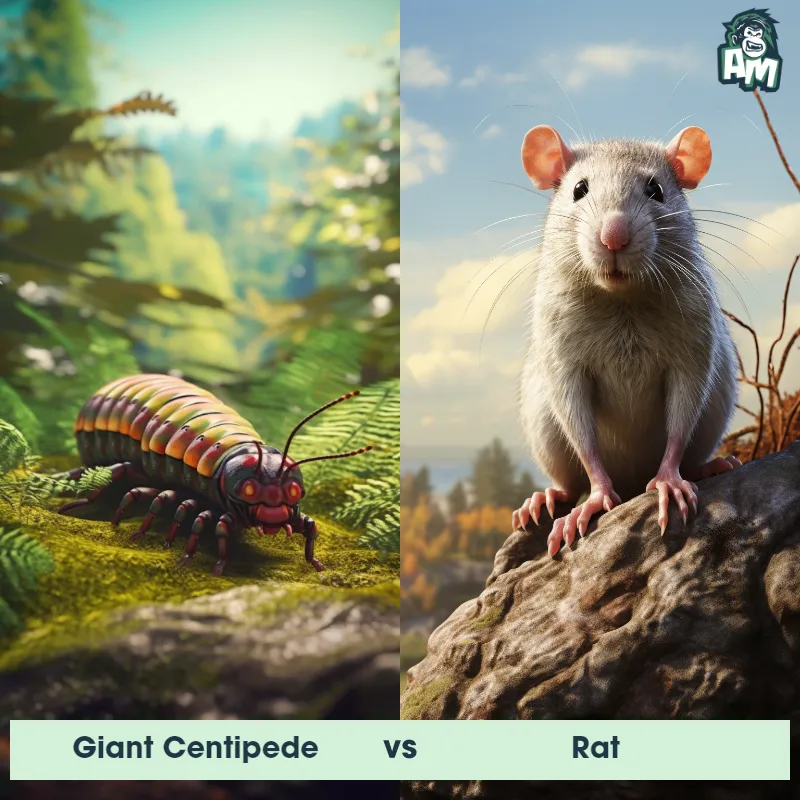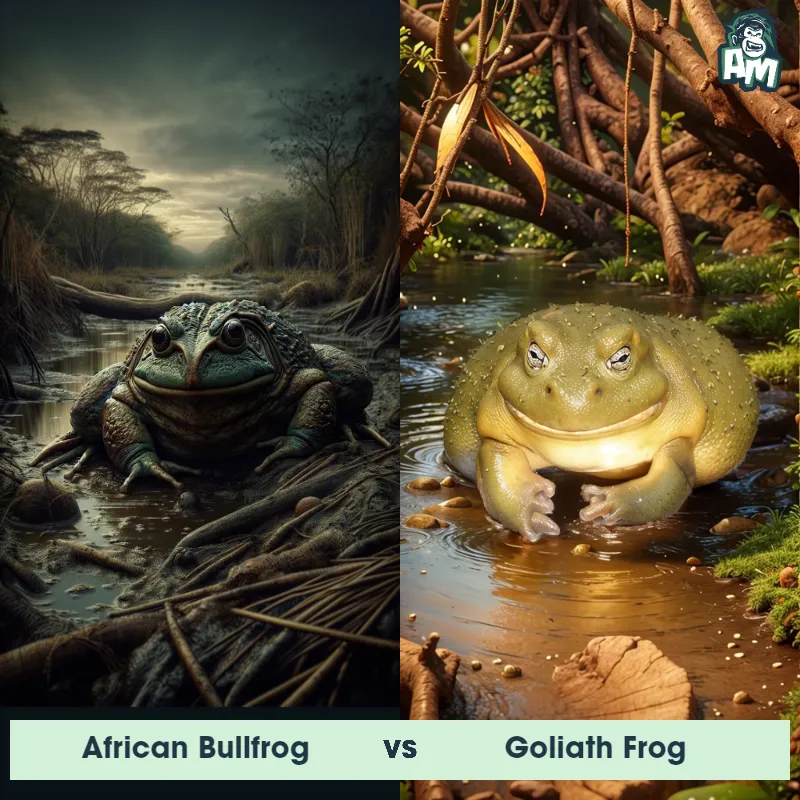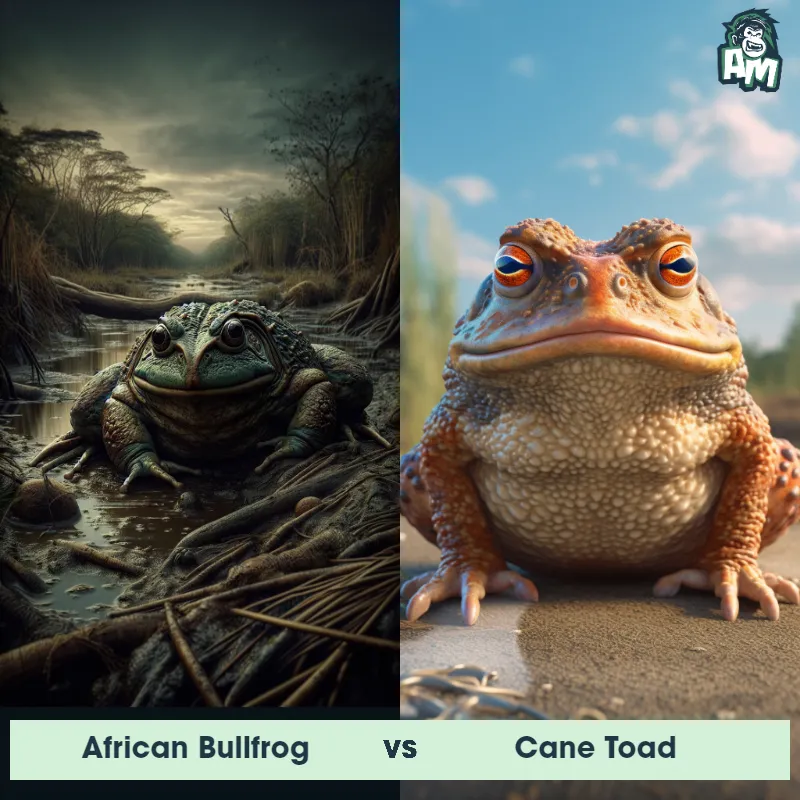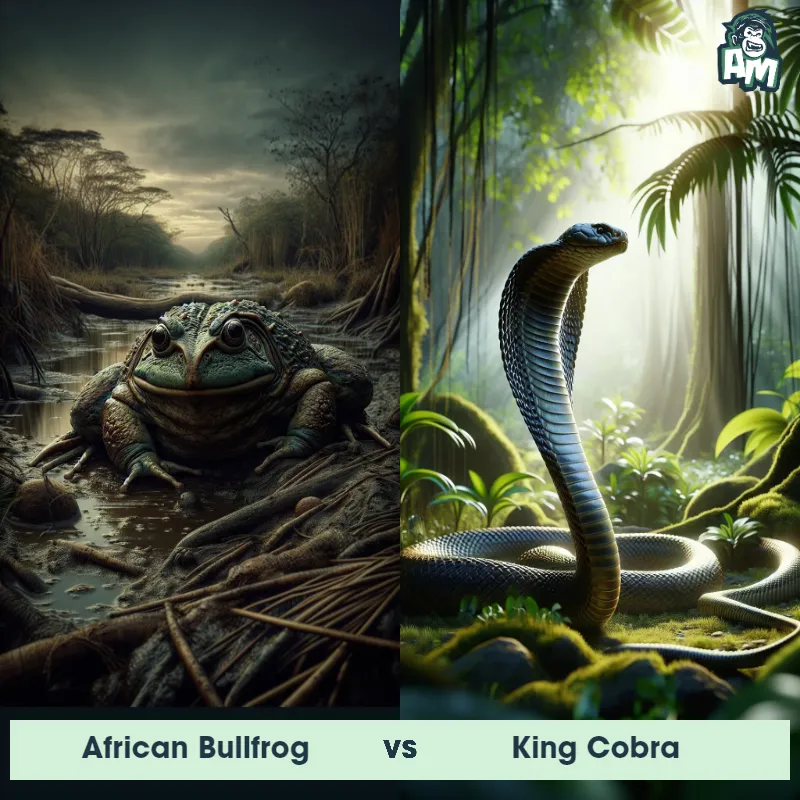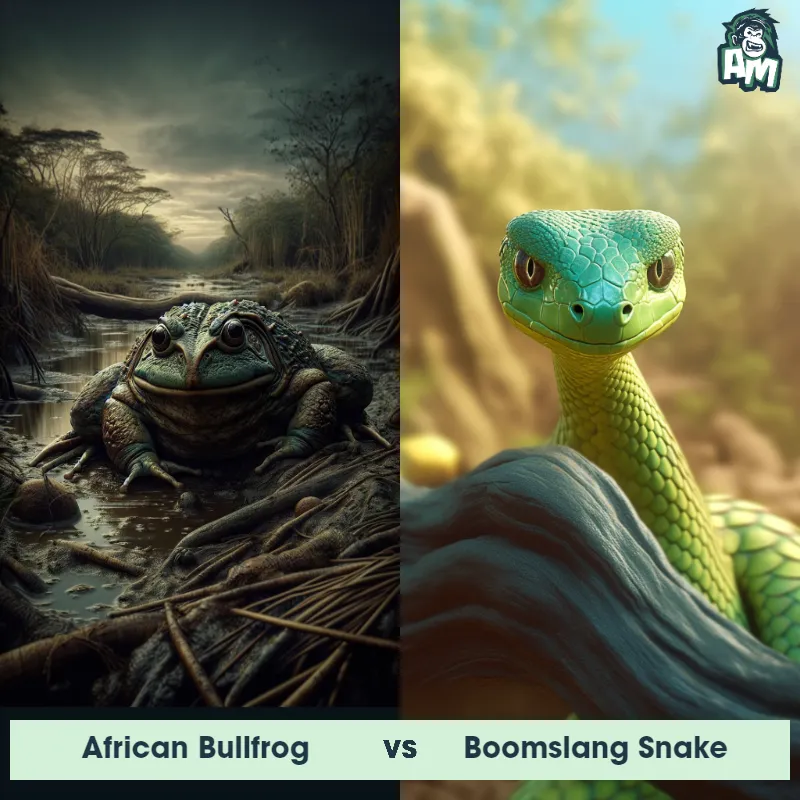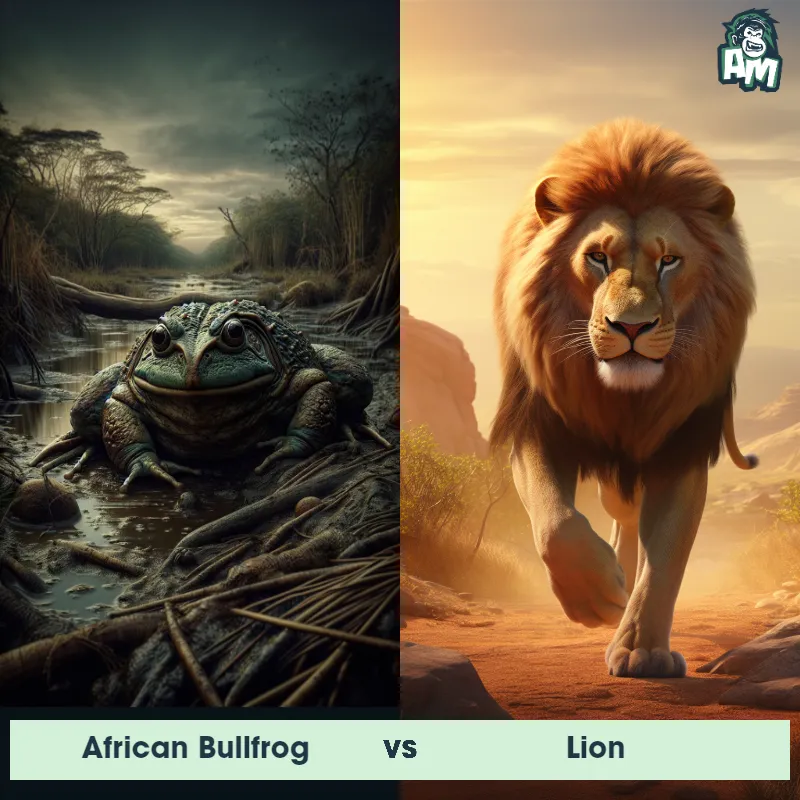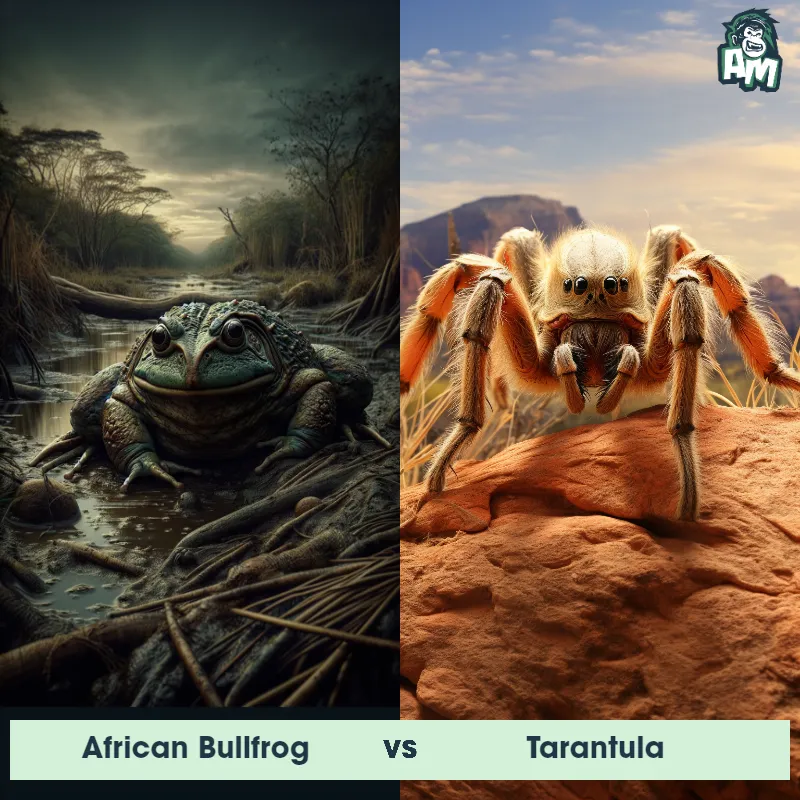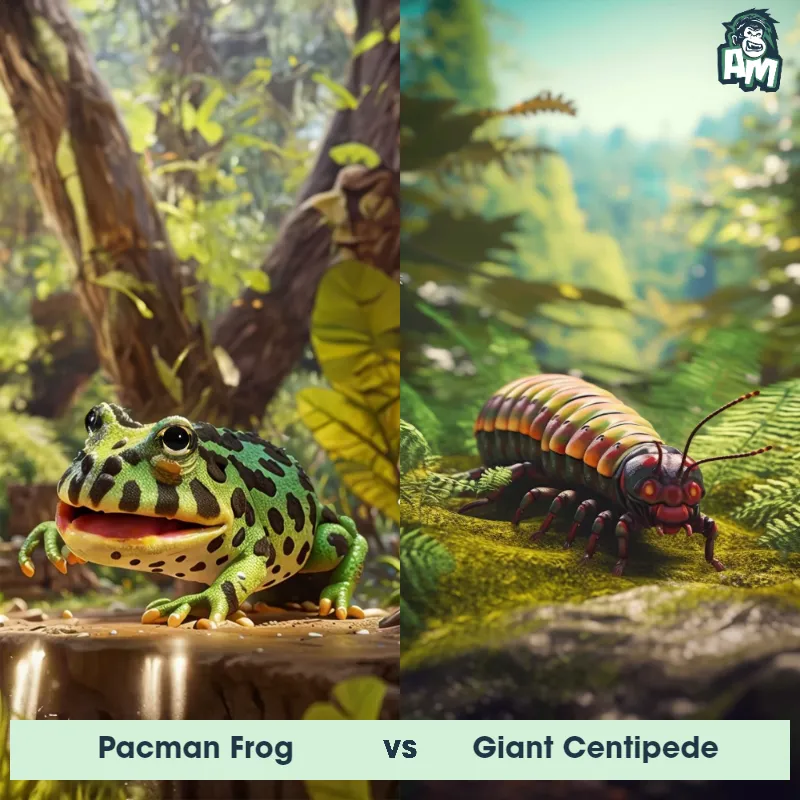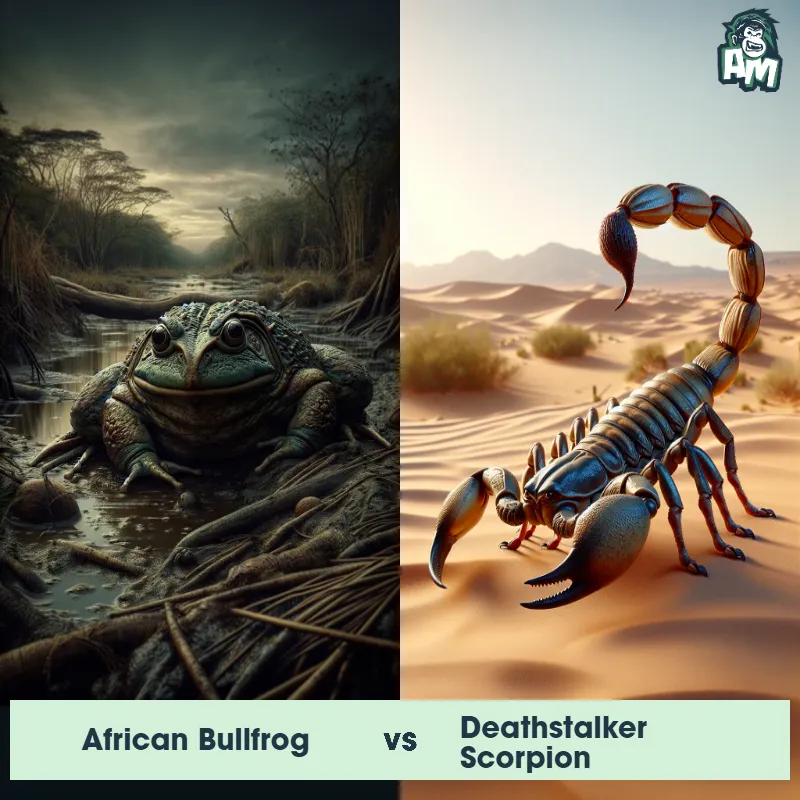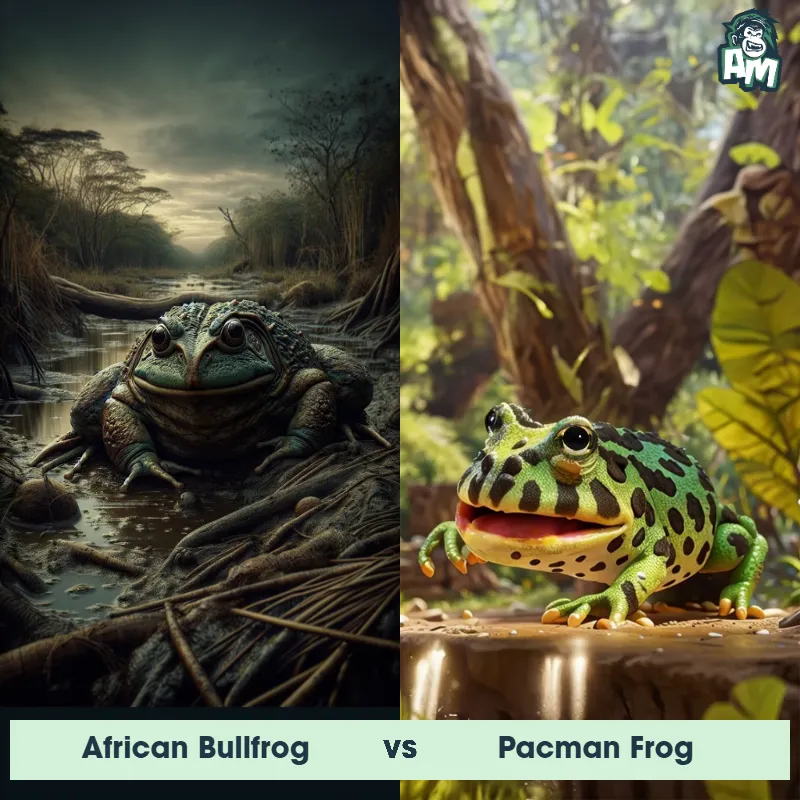African Bullfrog vs Giant CentipedeSee Who Wins

Welcome to tonight's matchup between the African Bullfrog and the Giant Centipede. These two formidable opponents are ready to battle it out in the arena, and only one will come out victorious. Let's see who will prevail in this intense fight to the finish.
Contender 1: African Bullfrog
The African Bullfrog, also known as the Giant African Bullfrog, is a large amphibian known for its distinctive appearance and behavior. These frogs can reach lengths of up to 10 inches and are typically greenish-grey in color with mottled patterns on their skin. They have powerful hind legs for jumping and a wide mouth for feeding.
Fun Fact: African Bullfrogs are known for their aggressive behavior and will eat just about anything that fits in their mouths, including other frogs, birds, and even small mammals.
Contender 2: Giant Centipede
The Giant Centipede, also known as Scolopendra gigantea, is a venomous arthropod that can grow up to 12 inches in length. It has a long, segmented body with numerous legs and a pair of venomous fangs that it uses to hunt prey. Its body is typically brown or reddish-brown in color, with yellow or orange legs and a black head. The Giant Centipede is found in tropical regions around the world, including South America, Africa, and Asia.
Fun Fact: The Giant Centipede is known for its aggressive behavior and powerful venom, which can cause intense pain, swelling, and even death in some cases.
Matchup Stats
| African Bullfrog | Giant Centipede | |
|---|---|---|
| Size | Up to 10 inches (25 centimeters) | Up to 12 inches (30 cm) |
| Weight | Up to 1.4 pounds (650 grams) | Up to 3.5 ounces (100 grams) |
| Speed | 2.4 mph (3.9 km/h) | Speed: 16 mph (25.75 km/hr) |
| Key Strength | Strong jumping ability | Venomous fangs and quick movements |
| Biggest Weakness | Vulnerable to predators due to size and slow movement | Vulnerable to being flipped onto its back |
Current Votes
African Bullfrog vs Giant Centipede
See Who Wins
View More Matches
Looking For More?
Similar Matches
Scientific Stats
| African Bullfrog | Giant Centipede | |
|---|---|---|
| Scientific Name | Pyxicephalus adspersus | Scolopendra gigantea |
| Family | Pyxicephalidae | Scolopendridae |
| Habitat | Freshwater habitats including marshes, ponds, and slow-moving streams | Terrestrial |
| Geography | Sub-Saharan Africa | Tropical regions of South America, Africa, and Asia |
| Diet | Carnivorous, feeding on a variety of prey including insects, small mammals, and other frogs | Insects, spiders, small reptiles, and mammals |
| Lifespan | 5 years - 8 years | 3 years - 10 years |
Key Differences between African Bullfrog and Giant Centipede
- Limbs: African bullfrogs have four powerful legs for hopping, while giant centipedes have numerous pairs of small legs for crawling.
- Body Shape: The African bullfrog has a stout, round body with smooth skin, while the giant centipede has a long, segmented body covered in a hard exoskeleton.
- Habitat: African bullfrogs are typically found in freshwater habitats such as ponds and marshes, while giant centipedes prefer dark, damp environments like caves and rotting logs.
- Size: The African bullfrog is much larger than the giant centipede, with adults reaching lengths of up to 8 inches while the centipede typically grows to be around 6-12 inches long.
- Diet: African bullfrogs are carnivorous, feeding on insects, small mammals, and other frogs, while giant centipedes are also carnivorous but prey primarily on insects, spiders, and small reptiles.
- Color: African bullfrogs are typically green or brown in color, while giant centipedes are usually black or dark brown with yellow-orange legs and antennae.



